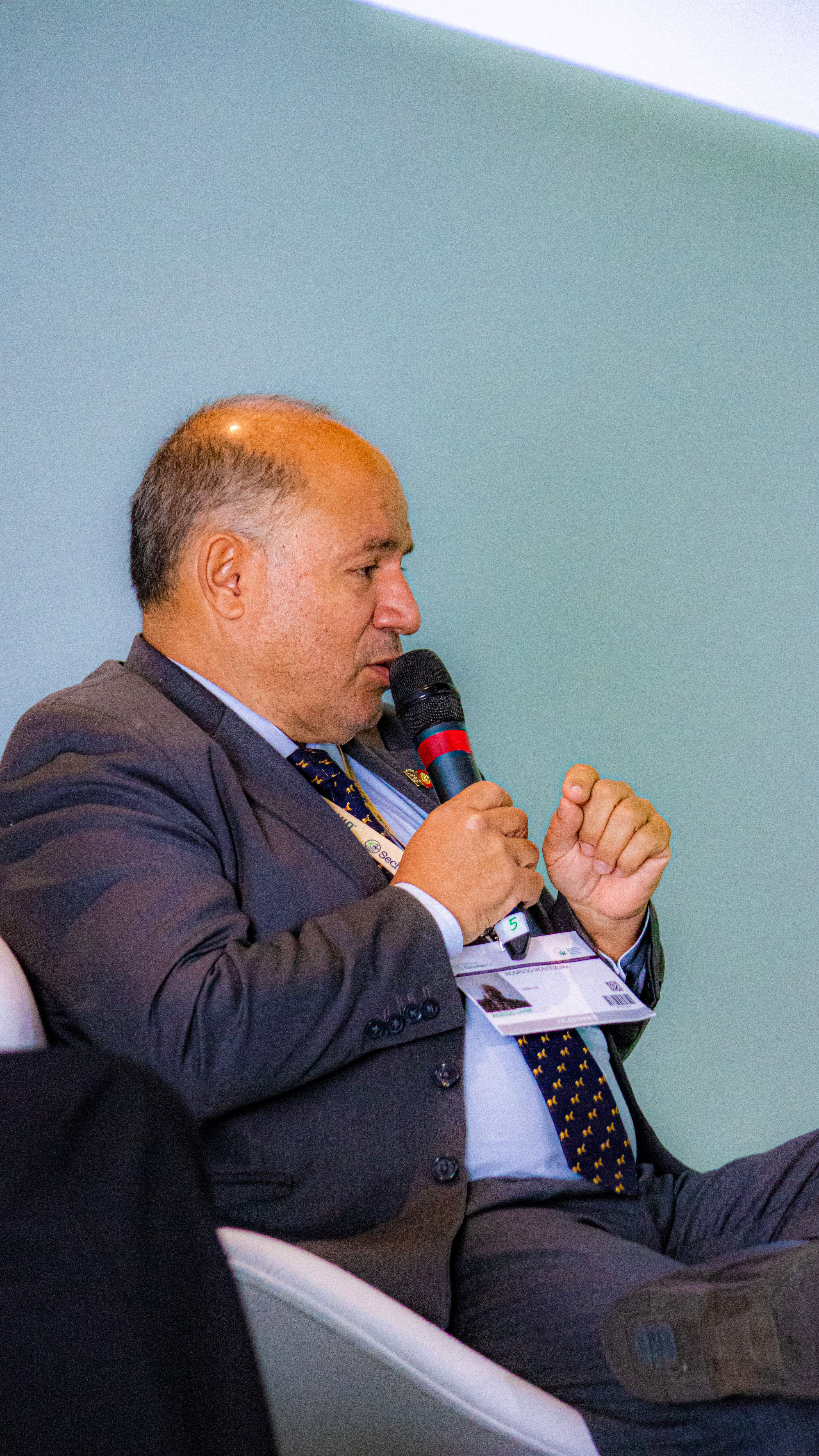One year after Anvisa's approval, MAPA still does not regulate veterinary cannabis
Without defined rules, veterinarians face legal uncertainty and animals still have limited access to medical cannabis treatment
Published on 10/02/2025

One year of veterinary cannabis: the party without cake still waiting for guests | Photo: Reproduction IA
The change promoted by ANVISA on October 30, 2024 was considered a historic breakthrough, a regulatory milestone, as for the first time veterinarians were given legal and regulatory support to prescribe cannabis. However, the Ministry of Agriculture and Livestock (MAPA) has not yet presented any regulatory proposal for public consultation, leaving professionals and animal owners in a true limbo.

Rodrigo Montezuma, currently the president of the Regional Council of Veterinary Medicine of the Federal District - CRMV-DF, sums up the sentiment of the category. "We are one year into the regulation and still unable to move forward. MAPA received the ball from ANVISA, but has not even started the game yet, in analogy. The situation of veterinarians remains the same, with setbacks and legal uncertainty, as there are no registered products authorized for veterinary use," he stated.
According to Montezuma, the lack of regulation leaves professionals vulnerable to legal risks and forces them to continue depending on associations to obtain products for animal health. "Due to the absence of regulation and product availability, veterinarians continue to face legal uncertainty. This time, not due to lack of authorization from ANVISA, already overcome, but due to the lack of action by MAPA," he emphasized.
Scientific advancements contrast with political obstacles

In clinical practice, little or nothing has changed. Veterinarian Carollina Mariga acknowledges that the ANVISA change brought relief and visibility to the topic, but considers it still insufficient. "In undergraduate studies, we can already teach that veterinarians can prescribe cannabis, but there are no disciplines on the endocannabinoid system, and access remains restricted. We continue to rely on associations, waiting for regulations that bring us security. It is an important step, but one that has not yet transformed our reality," she said.

On the other hand, in the academic field, the change has driven cutting-edge research across the country. Veterinarian Erik Amazonas highlights the positive impact on science: "ANVISA's authorization represented a regulatory milestone that propelled scientific advancements in universities such as USP, UNESP, UFSC, UnB, and many others. Today, Brazil is an international reference in innovation in the field, but the biggest obstacle remains in the normative political-judicial sphere," he explained.
One year later: a party without cake and especially without regulated cannabis
While science and evident benefits to animal health progress, regulation remains stagnant. The metaphor used by Montezuma accurately reflects the scenario: "Previously it was one passing the ball to the other, ANVISA passed the ball to MAPA to score, but the ministry continues to play in midfield. It's the one-year party without cake and especially without properly regulated cannabis in full scope".
For professionals, the next steps are clear: it is urgent that MAPA holds a public hearing and publishes the regulation, enables the regulation and authorization of products for veterinary use, and creates a simple and accessible system for prescription and registration. "Until then, veterinarians and animal owners continue to await the historic achievement to truly become a reality. And for the benefits already demonstrated in humans (experienced before in animals) to finally be achieved," Montezuma concluded.







